
Top 20 Neuromarketing Books
We’ve selected 20 books about neuromarketing that we believe should be on your bookshelf.
Some of them give you a broad overview of neuromarketing and others deep-dive into the conscious and subconscious brain.
Influence
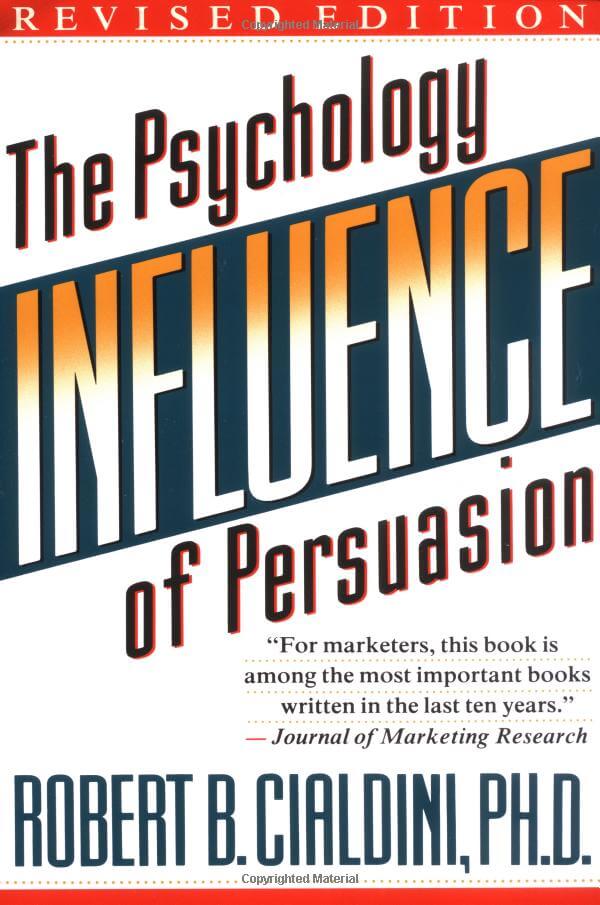
By Robert B. Cialdini
In his book Influence: The Psychology of Persuasion (1984), Cialdini explains in detail the fundamental principles that drive us to say yes. Including how compliance professionals including vendors, marketers, and artists use them against us. Understanding these principles will allow you to become a competent persuader yourself and defend yourself from deceptive attempts.Pre-suasion
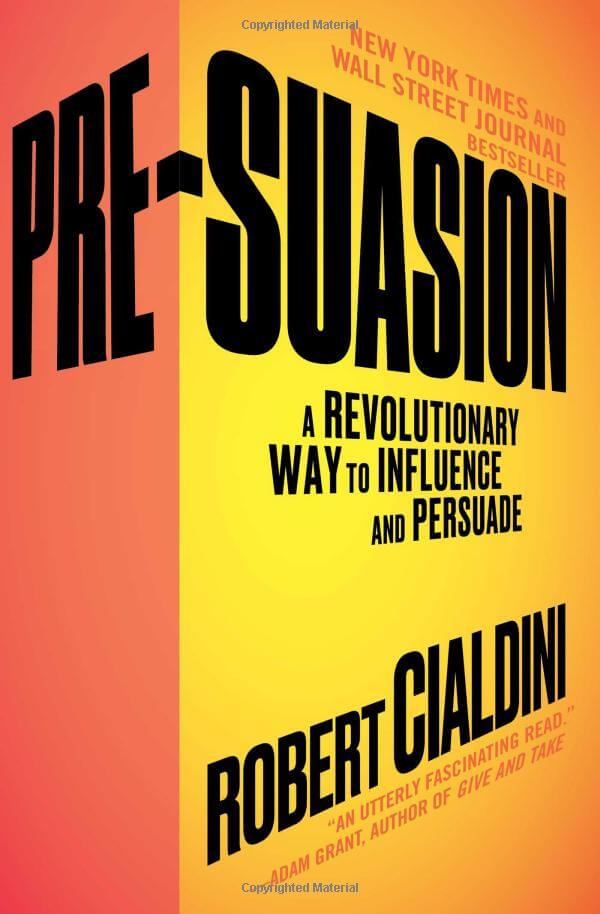
By Robert Cialdini
Pre-Suasion (2016) is about the art of influence. It shows in particular, that the influence of the pre-suader plays a role in our emotions, making his product or agenda more crucial than it is. Be it your mother or educator, a sales manager, sponsors, press and even spiritual candidates, a pre-suader understands how to set the stage and the performance you need.Hooked
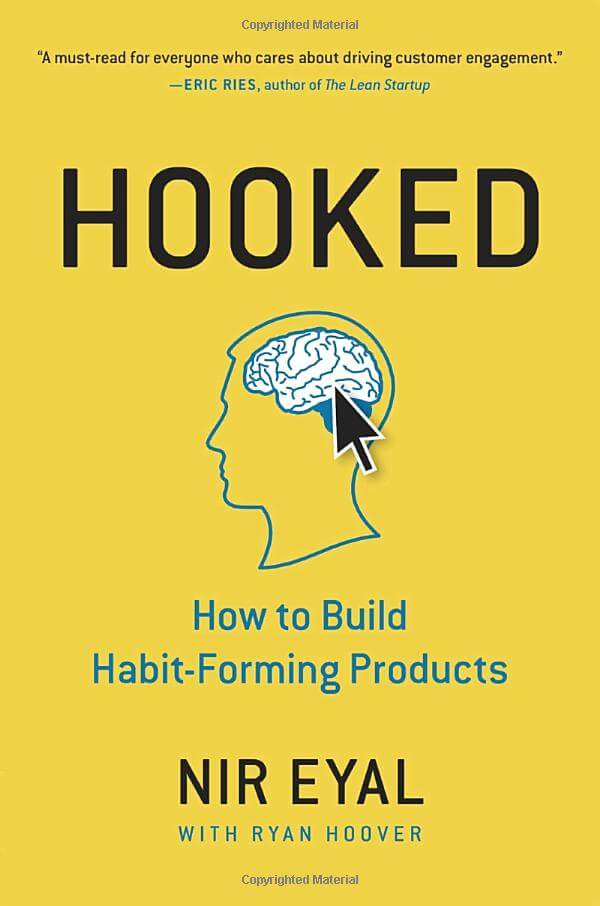
By Nir Eyal
Hooked (2014) explains how and why we integrate certain products into our daily routines through anecdotes and scientific studies, and why these products are the Holy Grail for any consumer-oriented company. Hooked gives concrete advice on how companies can make their products habit-form while at the same time exploring the moral issues involved.Brainfluence
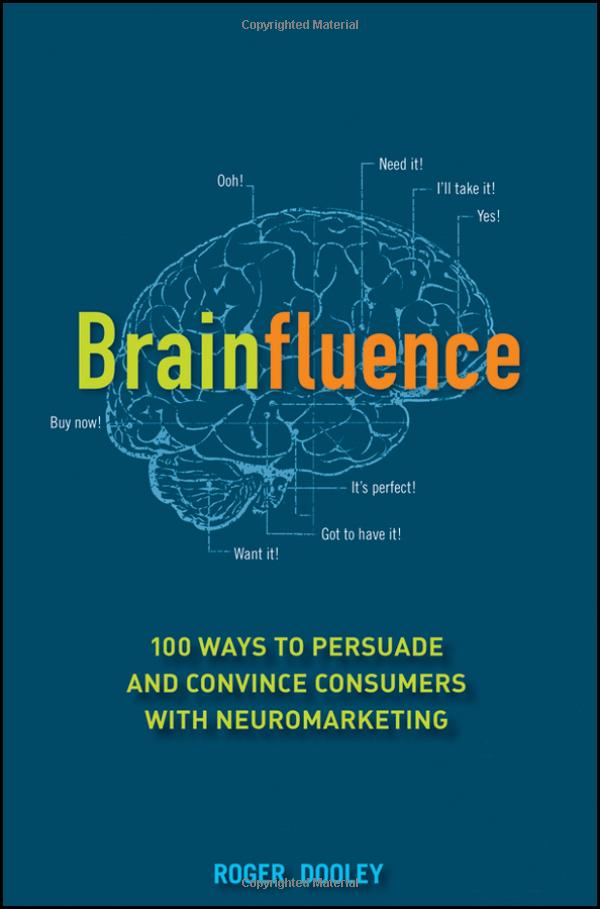
By Roger Dooley
Brainfluence (2012) explores the unconscious thoughts and motivations that influence our decision-making process and provides tips and tricks on how knowledgeable marketers can use them. You can increase your sales while keeping your customers happier by understanding the mechanisms that trigger behavior.Neuromarketing
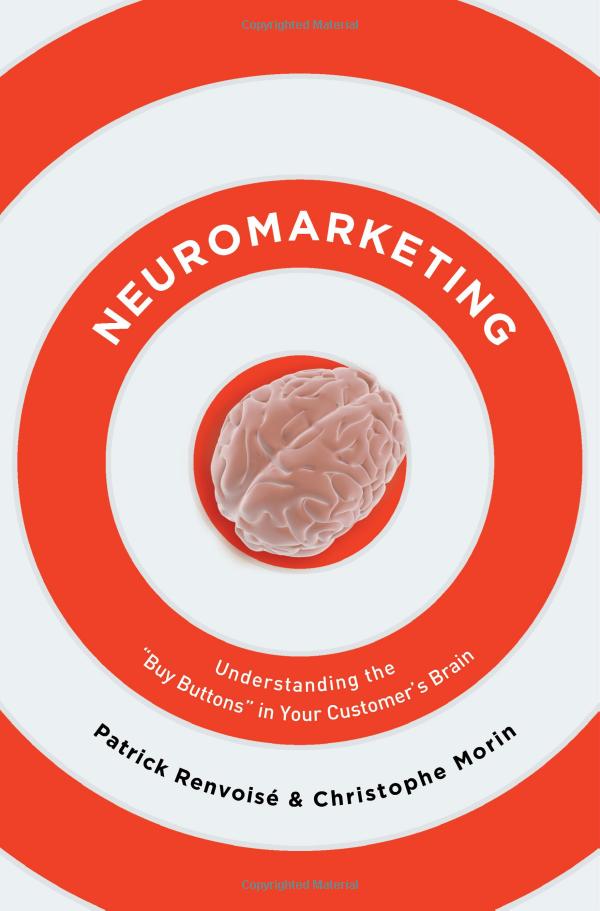
By Patrick Renvoisé & Christophe Morin
Neuromarketing (2002) offers insights into how we make purchasing decisions by drawing on brain research and creative marketing techniques. Understanding the old decision-making processes of the brain will provide you with the tools needed to close deals and motivate people.The Art of Thinking Clearly
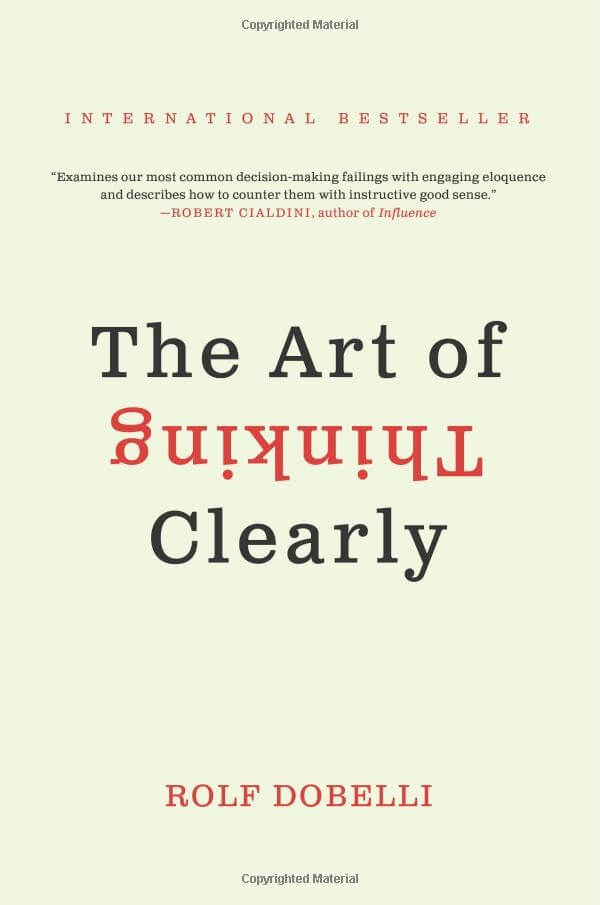
By Rolf Dobelli
The Art of Thinking Clearly helps to illuminate our day-to-day thinking “hiccups” so that we can better avoid them and start making better choices. The author provides us with an informative selection of all our most popular fallacies using both psychological studies and daily examples.Switch

By Chip Heath & Dan Heath
Switch examines why people often find it difficult to change their behavior, and how it is possible to find shortcuts to make change easier by understanding the mind. Switch provides simple yet effective tools to implement changes through scientific studies and anecdotes.Made to Stick

By Chip Heath and Dan Heath
Made to Stick is a book that changes the way you convey thoughts. It provides a fast-paced series of success stories (and failures), such as the Nobel Prize-winning chemist who consumed a glass full of bacteria to prove a point regarding stomach ulcers, the “Mother Teresa Effect”, and the elementary school teacher whose experiment actually prevented racial prejudice. Made to Stick illustrates the basic concepts of winning ideas and teaches us how we can use these laws to stick our own messages. It is informative, eyes open, and often surprisingly funny.Nudge

By Richard H. Thaler & Cass R. Sunstein
Every day we make choices—about what to purchase and consume, about financial investments, about our children’s health and education, and about the issues that we support or the world itself. We often choose poorly, unfortunately. Nudge is about how these choices are made and how we can make them better. Through hundreds of eye-opening observations and building on decades of behavioral science studies, Nobel Prize winner Richard H. Thaler and Harvard Law School professor Cass R. Sunstein illustrate that no option is ever posed to us in a neutral manner and that we are all vulnerable to biases that can drive us to make bad decisions. But we can use sensible “choice architecture” to nudge people by knowing how people think.Predictably Irrational
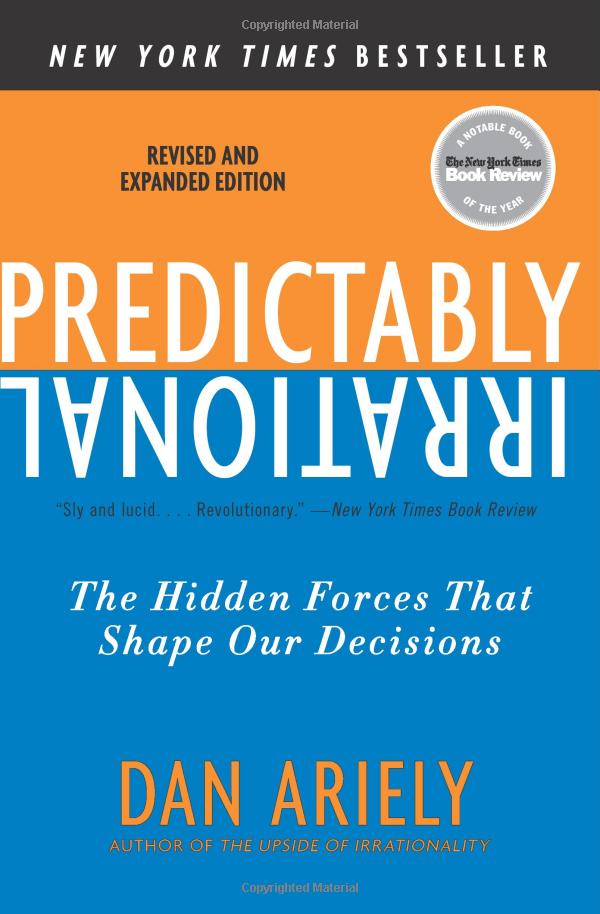
By Dan Ariely
Predictably Irrational (2010) describes the irrational manner in which we behave each day. Why do we decide to eat less and then give it up once we see a tasty dessert? Would your mother be insulted if you tried to pay her for a Sunday meal that she lovingly prepared? What’s the reason pain medication is more effective when the patient is told it is more expensive? Studies and anecdotes are used to analyse and explain the reasons and solutions for these and other irrationalities.Thinking, Fast and Slow
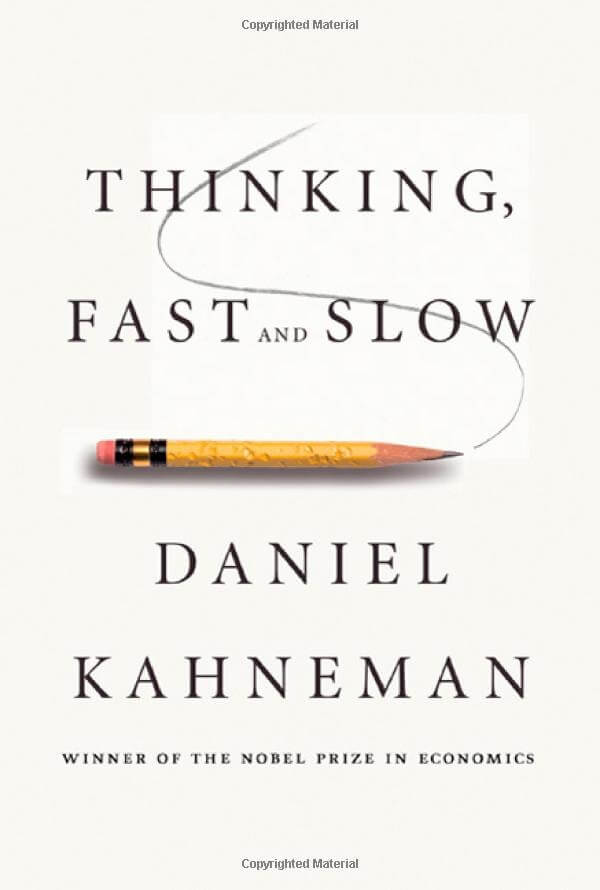
By Daniel Kahneman
In Thinking, Fast and Slow (2011) –a recap of the decades of research that contributed to Daniel Kahnemans’ Nobel Prize winning– he discusses his contributions to our modern understanding of psychology and behavioral economics. Over the years, Kahneman and his collaborators have made a significant contribution to a modern understanding of the human brain, whose research the book addresses at length. We now have a better understanding of how to make decisions, how common mistakes of judgment are so widespread, and how to develop ourselves.Emotional Intelligence: Why it can matter more than IQ
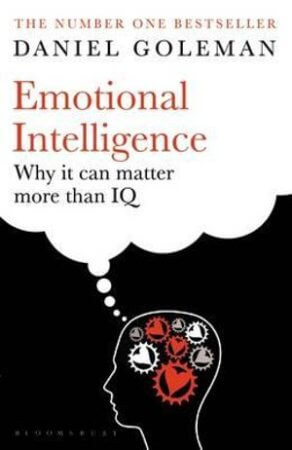
By Daniel Goleman
Daniel Goleman explains in this masterpiece how the intelligence of a person is about not only IQ, but also emotional intelligence. It includes the ability to empathize and handle social relationships, as well as the ability to control your own thinking and behavior. With scientific studies and real-life illustrations, the book explains the psychology and physiology behind emotions. He explains why one’s schooling is essential to the growth of emotional intelligence and offers ideas on how to incorporate special training into future generations’ education.
Buyology
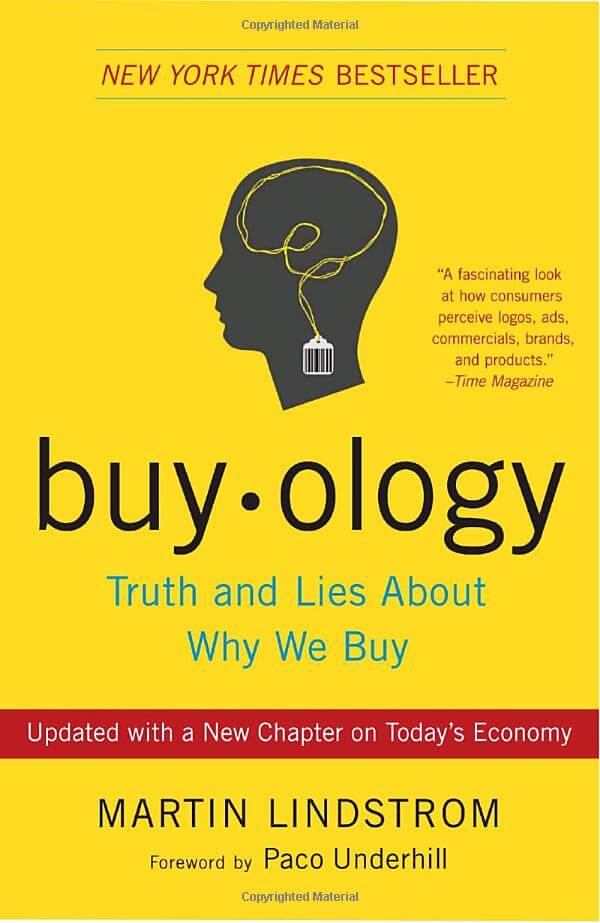
By Martin Lindstrom
Day in and day out, thousands of brand photos, logos, and advertisements are bombarding us to buy their products. However, there are only a few ads that motivate us to whip out our wallets. Why? Using state-of-the-art neuromarketing methods, Buyology answers that question and explores the hidden motivations behind our purchasing decisions.Blink: The Power of Thinking without Thinking
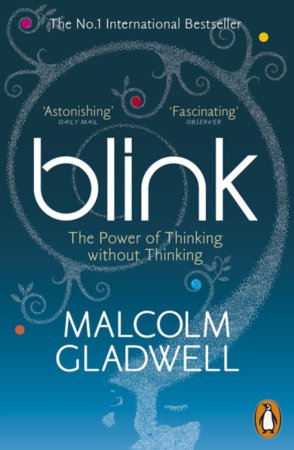
By Malcolm Gladwell
Blink (2005) is a guide to making the right decision. Malcolm Gladwell suggests that our intuitive gut instincts can generally be trusted. Most of the time, these initial, rapid decisions are less mislead by irrelevant information taken into account during thorough analyses. On the other hand, gut decisions are vulnerable to cognitive biases that influence the perception and attention of an individual. The book tells us in a more thorough and rational way when to listen to our instincts and when to reason through it. To illustrate human decision-making, Gladwell uses research and examples from a variety of fields.
Webs of Influence
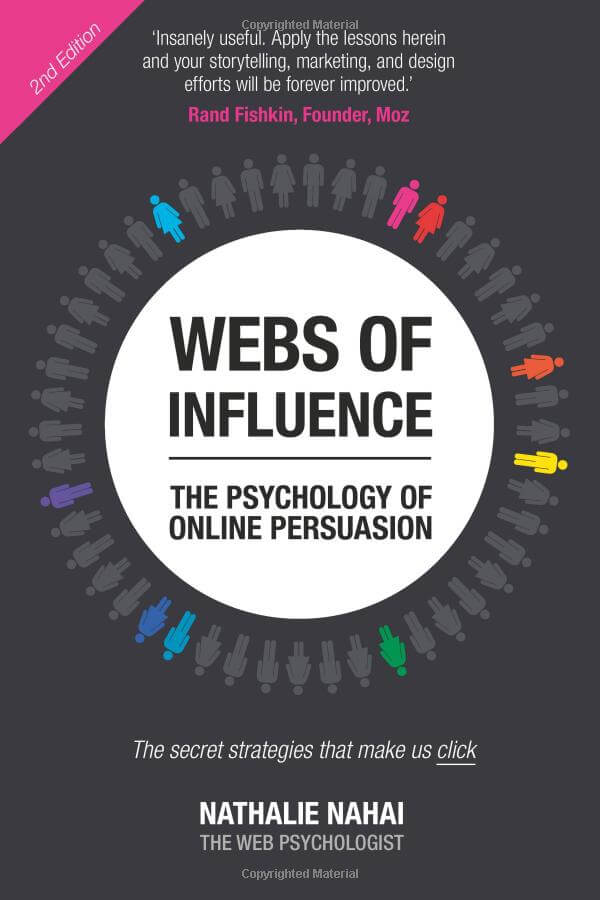
By Nathalie Nahai
The hidden brain
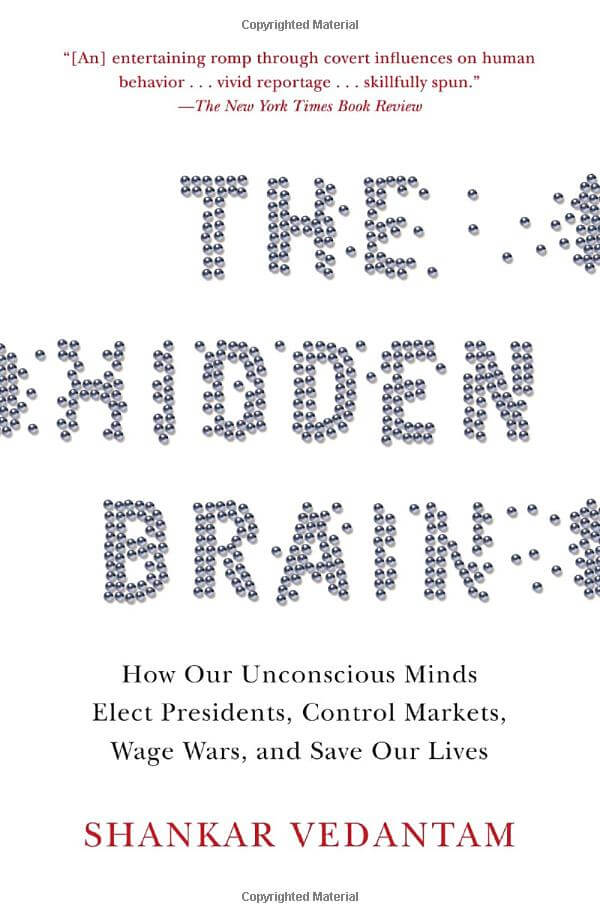
By Shankar Vedantam
Consciousness Explained
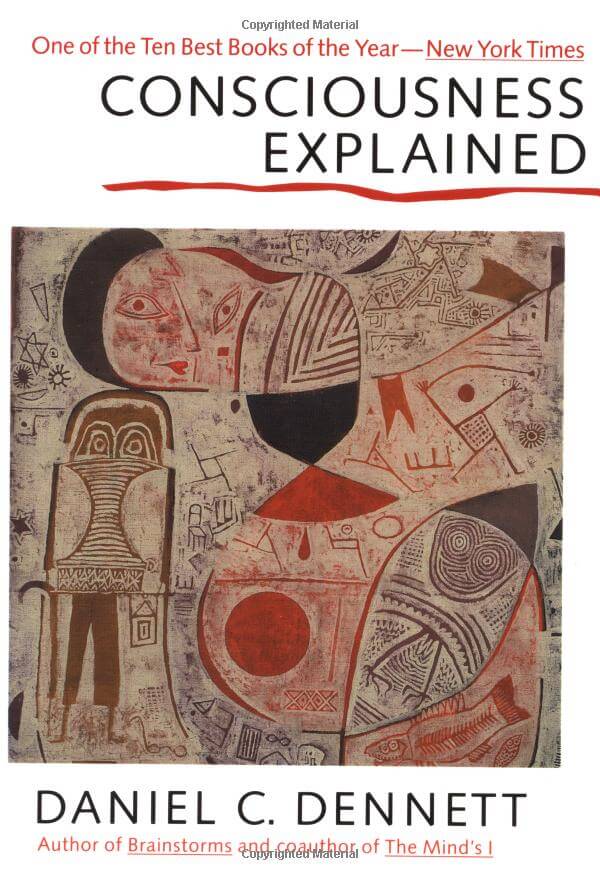
By Daniel C. Dennett
Consciousness Explained is a full-scale human consciousness discovery. Daniel Dennett disproves the conventional theory of consciousness in this groundbreaking book and presents a new model based on a wealth of information from the fields of neuroscience, psychology, and artificial intelligence. Our current theories of conscious life-of humans, animals, even robots-are transformed by the new perspectives in this book.Decoded
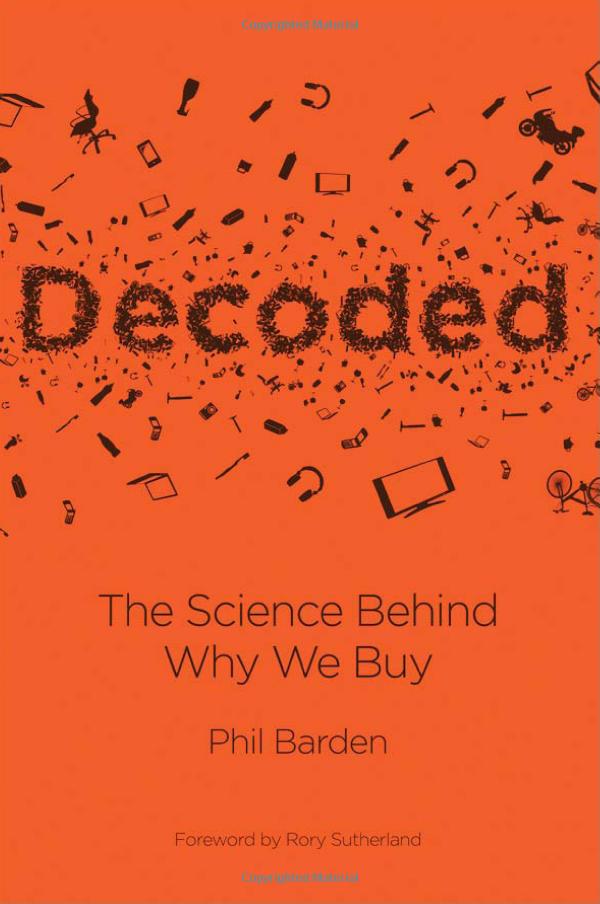
By Phil P. Barden
In this groundbreaking book, Phil Barden discusses what the science of decision says about the purchasing behavior of people and clearly shows its importance in advertising and marketing. He shares the latest research on the reasons behind consumer choices and what happens when consumers make their choices. To explain why people purchase them, Phil decipheres the’ secret codes’ for goods, services and brands. And finally, by dramatically improving key factors such as importance, distinction and reputation, he shows how to apply this insight in day-to-day advertising to significant effect.Neuro Design
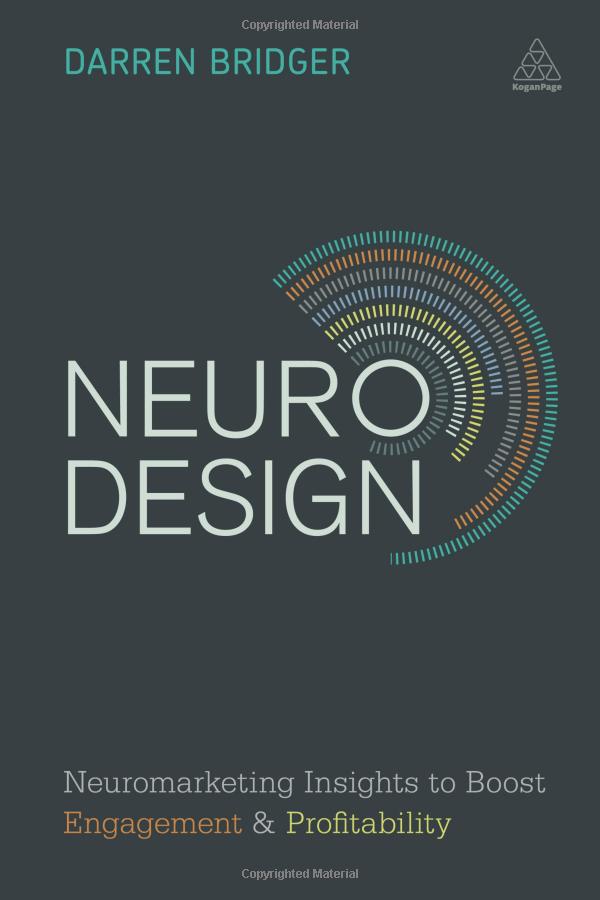
By Darren Bridger
Today, companies of all sizes are generating a lot of creative graphic media and content, including websites, presentations, videos and posts on social media. Many large companies now use neuroscience research and hypotheses to improve their digital content, like Procter & Gamble, Coca-Cola, Tesco, and Google. Neuro Design opens up this new world of neuromarketing design concepts and suggestions and presents insights from the growing neuroesthetics sector that will allow readers to improve their website’s customer engagement and raise profitability. Online resources provide references to motivational reading and additional resources on the website.The Buying Brain

By A. K. Pradeep
Up to 95% of our decisions are made by the subconscious mind. As a result, the largest and most sophisticated companies in the world are applying for the latest advances in neuroscience to create brands, products, package designs, marketing campaigns, store environments, and much more, designed to appeal to our brains directly and powerfully. The Buying Brain provides an in-depth overview of how state-of-the-art neuroscience influences how we make, purchase, sell, and enjoy everything, and also asks deeper questions about how this new knowledge can improve the lives of consumers.Bonus: How emotions are made

By Lisa Feldman Barrett, PhD
How Emotions Are Made (2017) questions everything you think you know about emotions. By learning how our brain detects anger, fear, and happiness, to thinking historically about these emotions, you can come up with a new understanding of how emotions are formed and how culture as a whole defines their scope.Introduction to neuromarketing & consumer neuroscience
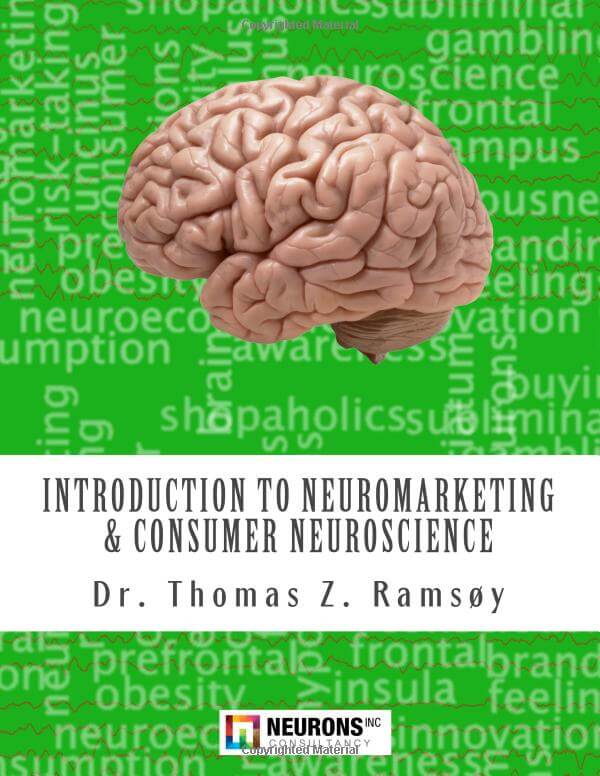
By Dr. Thomas Zoëga Ramsøy
How do we make decisions on what to buy and what to pay for it? Why are we affected by brands and pricing when making our choices or just experiencing something? Recent advances in modern neuroscience, and how it combines with economics and psychology, have allowed us to study of how different brain functions serve consumer behaviour. This book offers a comprehensive insight into the workings of the brain and its mind, and how this knowledge can inform our understanding of consumption behaviours. The book offers both basic and front-end academic insights, and includes chapters on sensation and perception; attention and consciousness; emotion and feeling; memory and learning; motivation and preference; and decision making. It also offers up to date and comprehensive insight about how the tools of neuroscience can be applied to assess consumer cognition and emotion.Decoding the new consumer mind
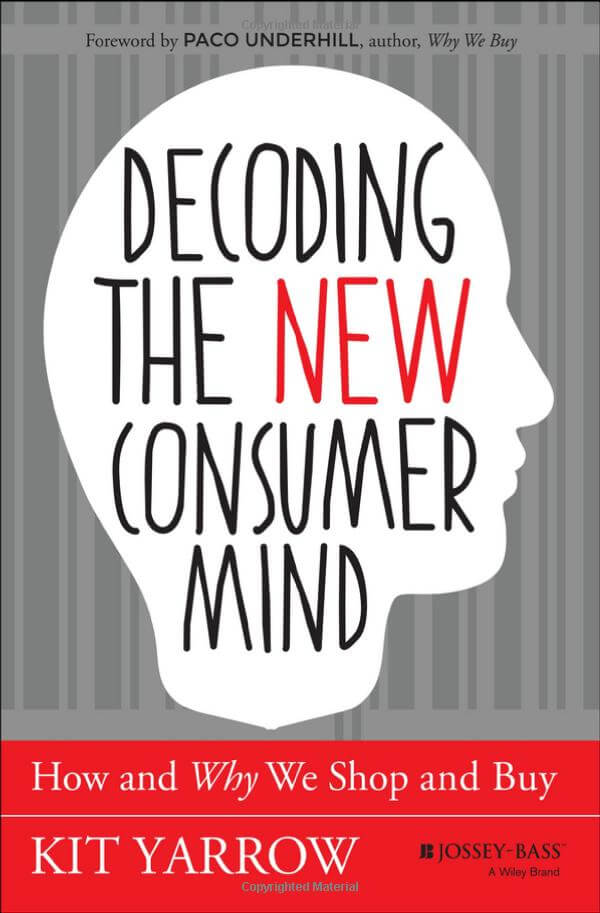
Patrick Renvoise
Dear Dr. Semeijn:
Thank you for putting this list together!
Although I agree with most of your choices, I have an issue with 3 of those books.
1 Pre-suasion. Although I’m a total fan of Cialdini this book contains very little new concepts. In fact almost 50% of the book is just old references! It really feels like the book was published for nothing more than selling a few copies based on the fame of the author!
2 Biology and 3 The buying brain. Those don’t bring much especially when you compare them to Think Fast and Slow or Predictably Irrational or Nudge.
By the way have you read: Before you know it?… I think it might make it to your top list.
I am the co-author of NeuroMarketing which you have kindly listed and we are now releasing our second book titled “The Persuasion Code” (available mid september on Amazon). You might also like it but here I might be a little biased!!!
Dr. Evert Semeijn
Hi Patrick,
thanks for sharing your thoughts. We think you’re mostly right and still, we have our reasons for including them 🙂
Buyology and the Buying Brain are indeed not for experts. It does –however– give some good insights for those completely new to the field.
As for Pre-suasion: although most of the content is recycled, it is packaged in such a way that attentive readers get to see the ‘priming matrix’. We believe this is actually one of the better books to get a basic understanding of how we’re subconsciously influenced.
We’ll definitely check out ‘Before you know it’. And feel free to send us a copy of your new book if you want us to review it on our website!
Phil Barden
Hi Dr Semeijn
Many thanks for including my book ‘Decoded’ in your list.
I would, however, caution your readers about ‘Buyology’ as a recommended text. You may not be aware that 45 neuroscientists wrote to the New York Times following an Op Ed that Lindstrom published, complaining about the claims in his book and their lack of scientific validity. You can find the letter here;
https://www.nytimes.com/2011/10/05/opinion/the-iphone-and-the-brain.html
I hope you find this useful.
Regards
Phil Barden
Dr. Evert Semeijn
Hi Phil,
Your book is great, it deserves to be in this list 🙂
Regarding Buyology, thanks for bringing this to our attention. We strongly support your statement, urge readers to read the mentioned article, and would like to add some context.
The value of Buyology is -in our eyes- not in the soundness of the scientific research. Instead, novice readers grow an understanding of what the potential of neuromarketing is. Also, although sometimes oversimplified, Martin did a great job of creating awareness for the neuromarketing industry. That’s why it’s on this list.
Thanks again